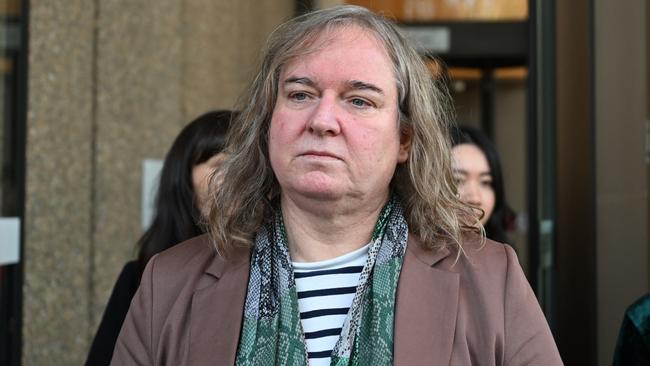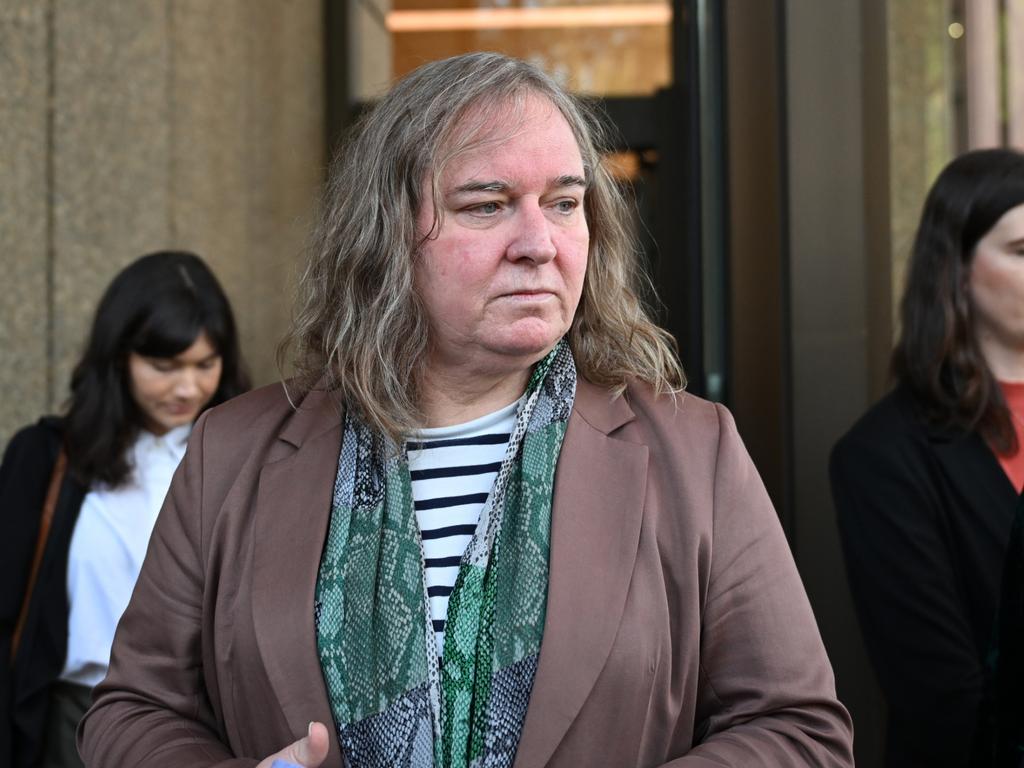
As most readers of this column probably know by now, the judgment concerned a discrimination charge brought by transgender Roxanne Tickle whose Queensland birth certificate was changed from male to female, against Sall Grover and her Giggle for Girls social media app. Grover claimed that as the app was for females only, natal biological males such as Tickle should be excluded.
The action was brought under the federal Sex Discrimination Act 1984. The judge has been the object of outrage from the public and especially on social media platforms. The ruling has brought the problem of women’s rights to separate spaces to the fore. However, perhaps this is only one part of the tangled web around this. The other, more important question is: What is sex?, and whether, given our laws, Justice Bromwich could have ruled otherwise.
It is important to remember the SDA was changed in 2013 by Attorney-General Mark Dreyfus to include fluid “gender identity” as a protected attribute. So Justice Bromwich determined that excluding Tickle – whose gender identity is female – from the app was unlawful “indirect discrimination” under the SDA. Indirect discrimination “is the imposition, or proposed imposition, of a condition, requirement or practice that has, or is likely to have, the effect of disadvantaging a person relative to another person or persons who have a different gender identity” (Section 5B). The central issue in the case was to determine whether Tickle was a woman and therefore had been treated differently to other women, discriminated against in being excluded from the Giggle for Girls app.
In law, regardless of biology, despite the judge’s admission that laws across many jurisdictions had changed the meaning of man and woman, he said, “sex is not confined to being a biological concept referring to whether a person at birth had male or female physical traits … but rather takes a broader ordinary meaning, informed by its use, including in state and territory legislation”. Consequently, the SDA laws have changed sex from an immutable biological concept to a social construct. Therefore, the terms by which a person of a particular biological sex can identify as the opposite sex or another gender identity are valid. Hence Tickle can be called a woman.
There is a complex matrix of gender identity laws being rolled out across Australia – state and territory birth certificates, anti-discrimination laws, anti-conversion therapy and hate speech laws, as well as the federal SDA, the Marriage Act and the Fair Work Act, which are all based on the idea, as Justice Bromwich said, “ sex can refer to a person being male, female, or another non-binary status”, and also encompasses the idea that a person’s sex can be changed: “For the purposes of the SDA, the determination of the sex of a person may take into account … biological and physical characteristics, legal recognition and how they present themselves and are recognised socially.” The judge also pointed to the 2013 Dreyfus SDA amendments, which changed all references to “the opposite sex” to “a different sex”, and to the “repeal of the definitions of ‘man’ and ‘woman’ (which had referred to members of the male and female sex, respectively) … Those amendments all point forcefully to an understanding of sex, as it is deployed in the SDA, that is changeable and not necessarily binary”. So, it was not required to determine the common-use meaning of the word “sex” for deciding the case, but only that because Tickle is recorded as female on her updated Queensland birth certificate for her to be, at law, of the female sex.
In his 2018 book, Transgender: One Shade of Grey, Patrick Byrne, former National Civic Council president, says the SDA has reduced binary “sex” to being a fluid and changeable “gender identity”. The wider matrix of gender identity laws has “dissolved the meaning of sex as being biological and binary. In the process, it means that males who identify as female can claim access to women’s sports, toilets, showers, change rooms, shelters and lesbian organisations”. What is more, according to Byrne, dissolving the meaning of sex also “dissolves, the meaning of homosexual, lesbian, bisexual and heterosexual”.
However, here is the conundrum. The judge also said “the corollary … is that gender identity can also refer to a person’s status as cisgender”; that is, as we used to say, male and female. However, the case leaves the major questions unanswered. Why does “sex” remain a separate protected attribute in the SDA? And more importantly, how is sex to be defined? And how is gender identity to be defined? This is the real nub of this issue. This where reality comes up against a social construct because if the legal reality is now that sex is basically just a reference point for defining gender identity, and as the judge said that “sex is now a form of gender identity”, he has failed to grasp that the whole concept of “gender identity” is entirely dependent on the reality of binary sex. Without the reality of binary sex, “gender identity” has no meaning.
Grover has said she will appeal the judgment, which may prove difficult given the tightening matrix of gender identity laws across all Australian jurisdictions. In the end, this confusion requires a political solution – persuading politicians to write the definitions of male and female back into law. That also is a challenging task.







This month in an important Federal Court judgment, Justice Robert Bromwich declared Australian laws accept that “sex is changeable”. What does this mean for the normal terms we use such as “man” and “woman”, “boy” and “girl”? This ruling in effect reduces those words to “cisgender terms” by which people only self-identify, regardless of what immutable biology tells us.